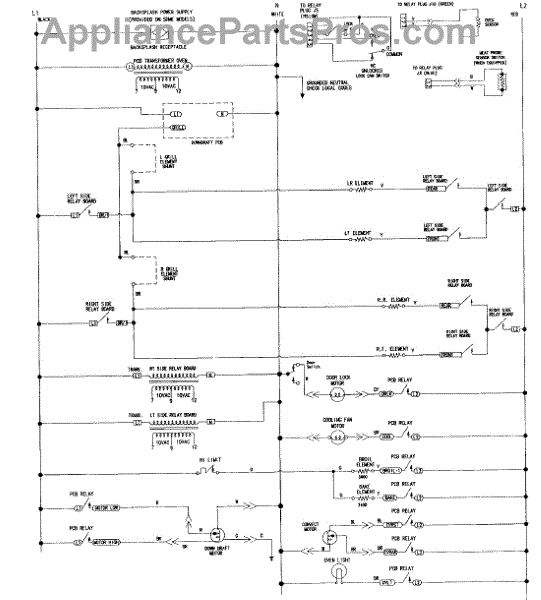Hello I was hoping someone could shed some light on this transformer. It goes to my oven and I'm trying to identify it so I can buy a replacement to solder back on the board. I've never dismantled a transformer before but this particular one has me scratching my head. The input wires go directly into what appears to be a transistor? Which was taped to the first winding. An explanation of how this works would be cool.. even cooler what are the specs of this thing so I can order replacement.
Thank you
Thank you














